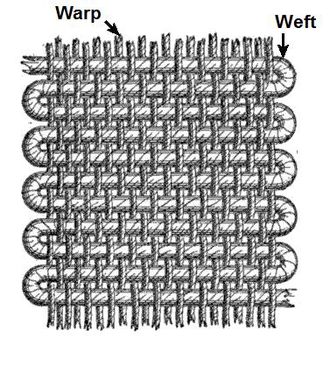Warp-Faced Red, White, and Green Hopi Pueblo Woven Belt [SOLD]
+ Add to my watchlist Forward to Friend
- Category: Pueblo Textiles
- Origin: Hopi Pueblo, Hopituh Shi-nu-mu
- Medium: wool, cotton, dye
- Size: 8” long x 3-¼” width
- Item # C4569ZQ SOLD
Both Navajo and Hopi make warp-faced belts, both styles with center panels patterned in warp-float. The center panel features red wool designs floated over white cotton warp and the two outer panels feature red and green woven sections.
Evidence indicates that the Pueblos were making these before the arrival of the Spaniards as one figure in the Awatovi murals appears to be wearing a warp-faced belt. It is believed the Navajo were taught this weave after the arrival of the Spaniards.
Belts like this, along with a kilt and sash, are worn in Hopi Pueblo ceremonies. This fabric trio is given to young Hopi men from their godfathers when they are initiated. The fringe on the belt represents rain, an all-important necessity for the Hopi to grow food products. At 6000 feet in elevation, summers are hot and dry, and winters are cold and mostly dry.

Warp and Weft: In weaving, the weft (sometimes woof) is the term for the thread or yarn which is drawn through, inserted over-and-under, the lengthwise warp yarns that are held in tension on a frame or loom to create cloth. Warp is the lengthwise or longitudinal thread in a roll, while weft is the transverse thread. A single thread of the weft, crossing the warp, is called a pick. Terms do vary (for instance, in North America, the weft is sometimes referred to as the fill or the filling yarn). Each individual warp thread in a fabric is called a warp end or end. The weft is a thread or yarn usually made of spun fibre. The original fibres used were wool, flax or cotton. Today, man-made fibres are often used in weaving. Because the weft does not have to be stretched on a loom in the way that the warp is, it can generally be less strong. The weft is threaded through the warp using a "shuttle", air jets or "rapier grippers." Hand looms were the original weaver's tool, with the shuttle being threaded through alternately raised warps by hand. A useful way of remembering which is warp and which is weft is: 'one of them goes from weft to wight'. -Wikipedia
Condition: good condition
Provenance: this Warp-Faced Red, White, and Green Hopi Pueblo Belt is from the estate of a family from the mid-western United States
Recommended Reading: Weavings of the Southwest by Marian Rodee
TAGS: Pueblo Textiles, Hopi Pueblo, Hopituh Shi-nu-mu, Diné of the Navajo Nation

- Category: Pueblo Textiles
- Origin: Hopi Pueblo, Hopituh Shi-nu-mu
- Medium: wool, cotton, dye
- Size: 8” long x 3-¼” width
- Item # C4569ZQ SOLD
Adobe Gallery Recommended Items
If you are interested in this item, we would also like to recommend these other related items:



